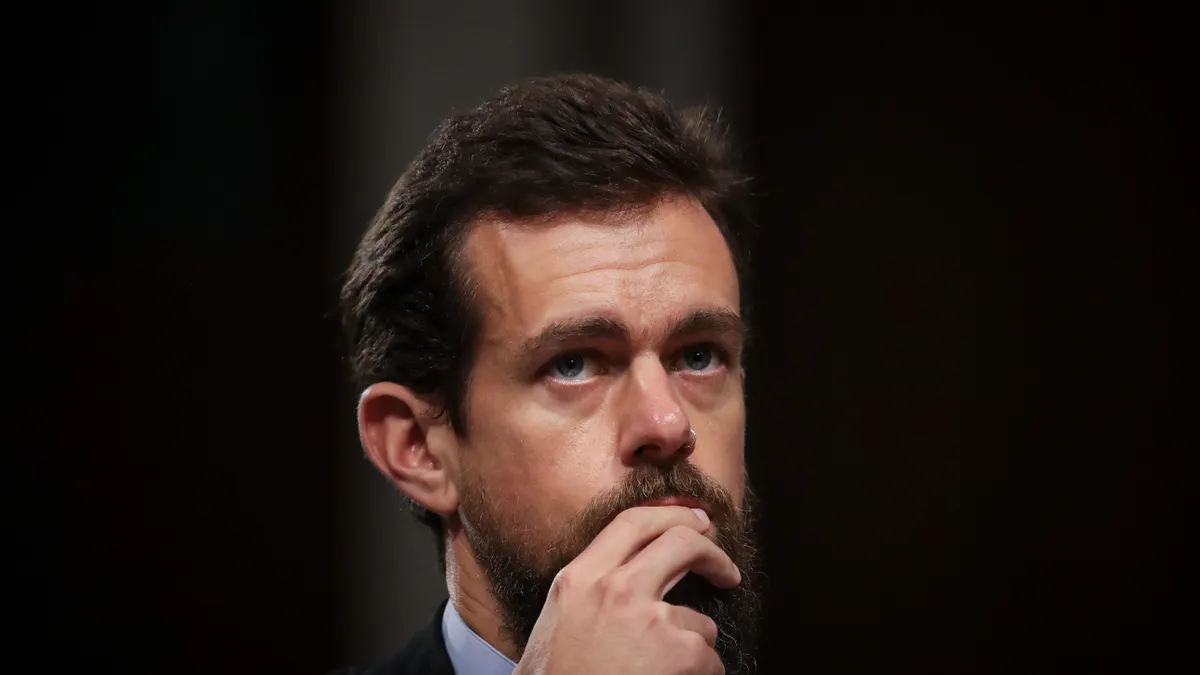The global reach and potential of Western Union’s former business-to-business, cross-border payments operation made it an attractive purchase to its new owners, says new CEO Patrick Gauthier.
“You only get so many opportunities at bat like this,” Gauthier said of being tapped to lead the rebranded business, called Convera.
Private equity firm Goldfinch Partners and investment firm The Baupost Group paid $910 million a year ago for the Western Union business solutions business. With the acquisition and rebrand, Seattle-based Convera brought on Gauthier – the former head of Amazon Pay who has also held senior roles at PayPal and Visa – along with a new chief transformation officer, chief technology officer, chief commercial officer and chief people officer.
Convera’s global payments volume amounted to $170 billion in 2021, making it the largest non-bank provider of its size, Gauthier said. The company said that figure is growing at double-digit rates, but a spokesperson wouldn’t be more specific since the acquisition hasn’t closed. Convera serves 30,000 clients in 200 countries and territories, and supports about 140 currencies.
In interviews in July and August, Gauthier talked about the rebranding of the B2B cross-border payments business and how Convera is assisting its small and mid-size customer base as those clients grapple with currency volatility.
Editor’s note: This interview has been edited for clarity and brevity.
PAYMENTS DIVE: How did Convera come to be?
PATRICK GAUTHIER: Western Union did a series of acquisitions leading to what is now Convera. But even after that, it was less than 10% of the Western Union business. I can’t exactly comment on why they decided to divest, but in a world where even the core business of Western Union is going through a rapid set of changes toward digitization, many companies ask themselves, ‘OK, if my core is transforming, how am I going to be able to support what is a more critical business?’ I think it came to the conclusion that it was probably preferable for both Western Union and for the business itself if it was divested.
This coincided with our investor group looking for opportunities. I started to work with the investor group in late 2020, thinking through, what were the investment pieces? Then in early 2021, while advising the investor group during due diligence and familiarizing myself with the operations of the business, they asked me to go from adviser to CEO.
This was coinciding with a period where I was asking myself what I wanted to do next. I had accomplished what I wanted to accomplish with Amazon Pay at Amazon. I saw this as an opportunity to really transform what is a good company – it’s growing, and not only are we growing, but we’re profitable – and yet, opportunities abound to make the company so much better. The conjunction of those two really was irresistible.
What’s the strategy around the rebrand?
We know that the underlying tech and platform that we acquired really can benefit from modernization, and we’re on an accelerated path to migrate to the cloud. The tech was operated in Western Union-owned data centers. For us, the future is really about being in the cloud. It will make us much more agile and it’s much easier to scale.
We also see opportunities in evolving how we go to market. In one way, evolving the customer engagement model so as to be more oriented toward providing solutions to our customers, versus just providing the transaction itself. And secondly, really building the Convera brand. A number of the customers I have talked to have reflected on the fact that Western Union is a very robust brand, but it's a brand that's associated with the consumer space. In our space, that brand is not necessarily helping, because there's a preset expectation of what it means. By moving to a different brand, Convera, we’re opening the opportunity to tell the story of the company.
What’s going on with currency volatility and how is it benefiting Convera?
Volatility has increased quite dramatically. It’s not just a factor of geopolitics, which has impacted a number of currencies. More fundamentally, what you’re seeing is a resurgence of inflation, which is driving different monetary policies around the world. The changes in interest rates in different countries is then driving volatility.
As people move away from getting supplies from Russia, then obviously that swing in trade produces demand for other currencies and therefore produces some currency swings.
Our trading volume is materially up year on year. We’ve really seen demand just dramatically increase – in particular in Europe, where you have a lot of import/exports and a lot of different currency players that are involved. [A company spokesperson said Convera couldn’t provide exact figures because the acquisition hasn’t closed.]
What does that volatility mean for companies making cross-border payments, and how are they trying to guard their businesses against this volatility?
For a company that does not protect itself against it, volatility is a risk. It’s an unknown about what future cash flows are going to look like. When currency volatility is low, let’s say 1 to 2%, you don’t really have to worry about what you will pay in nine months. When currency volatility is high, let’s say 15%, now suddenly you have a risk. We’re in the business of helping them make those choices – not having to roll the dice, but rather put in place a strategy that protects them against the risk of having an adverse economic impact of currency changes.
Some companies might say, gee, I expect nine months from now, the exchange rate will be more favorable toward the U.S. and therefore I’m going to roll the dice. The reality is, most companies do not have the sophistication to roll the dice, they do not have access to the information, and they do not necessarily understand the implications of rolling the dice. This is where various forms of option contracts come into play, from the most simple, which is known as a forward, which is basically, I want to be able to pay with a set exchange rate in a certain period of time in the future. When you’re establishing those long range payments, what you really are in is in the business of putting in place a risk management strategy.
I’m going to lock in an exchange rate today, so that I know exactly what I will be paying to that supplier in my home currency six months from now. In the consumer space, it’s a bit arcane, because we’re used to paying in the now. But for companies, paying in the future is a very, very common thing.



















